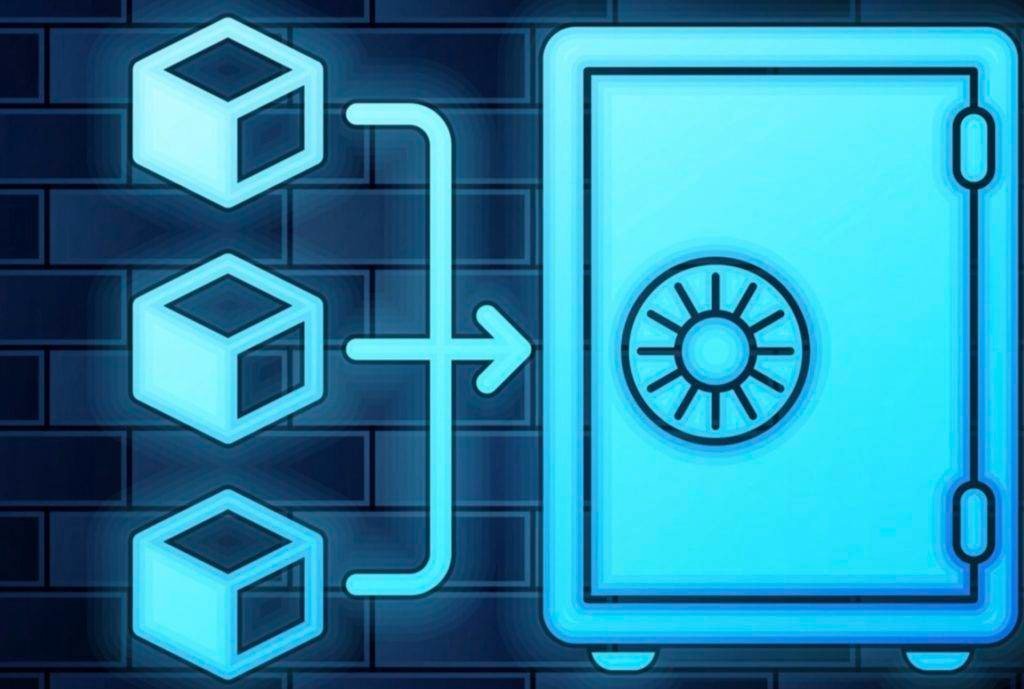One of the trendiest ideas in crypto gaming right now is liquid staking; what’s it exactly? And exactly are the widespread misunderstandings regarding it? So, in order to comprehend liquid staking, you must first comprehend the concept of conventional staking. Any proof-of-stake cryptocurrency has to stake built-in, where you “stake” your coins to sustain the network.
You may either self-direct it (running your own validation node) or delegate it (giving your money to a different party running their own validator node). A variation of traditional staking is liquid staking. You have more freedom to stake and unstack the coins whenever you want, and you may also receive some passive benefits in the process.
The correct method to get a passive income is through liquid staking
There are many different places to put your hard-earned money to work if the realm of crypto gaming has shown us any of that in the past few years. One of them is liquid staking. The most current passive investing strategies include yield farming and liquidity mining, each of which has its own set of advantages and disadvantages.
Compared to illiquid staking, the advantage of liquid staking has a cost. In general, you will probably accept lesser APR/APY for the flexibility of your currencies.
This is the case because consistent staking improves predictability regarding the number of coins that will be accessible to sustain the system at any particular time. This compromise is insignificant to some people. When you are establishing your staking expectations, it is crucial to take this into account. Staking entails various hazards that other passive investment strategies might not. Trusted third-party risk, volatility risk, fund loss or theft, and liquidity hazards are a few examples of these potential dangers. All of these risks have an impact on the stability and possible return on the staking investment; however, some are more relevant than others.
Staking and Liquid Staking Are the same
Liquid staking is essentially committing or “staking” your coins in order to produce a quiescent yield (APR/APY) while still having access to the coins. This may be a fantastic addition to your residual income plan. When you stake the coins, they are often locked up for a predetermined period of time during which you can sell or move your coins. The money is in escrow and is still available with liquid staking.
A unique way to generate additional revenue is through staking. What makes liquid stake placement different? With dynamic staking, you always have access to your money and may move it.
Guaranteed Passive Income with Liquid Staking
With the exception of death and taxes, nothing in the world or the current stage of the evolution of cryptography is guaranteed. Your profits are impacted by changes in the price of the cryptocurrency you are staking because your winnings are compensated out in that currency. Despite the fact that you will receive the stated APR/APY independent of the coin’s price movement, a decline in value has the ability to wipe out your entire winnings.
Liquid staking does carry some danger, as was already noted. You may lose part of the staked goods through a procedure known as cutting, but this is uncommon.
Although liquid staking might be an excellent strategy to generate a passive income, it is not without danger. Researching the crypto gaming issue, determining what an acceptable investment amount is, and deciding which verifier to trust, are all entirely the investor’s responsibilities. Understand the regulations and the potential danger you are subjecting yourself to, whether the item is liquid or not.









Leave a Comment